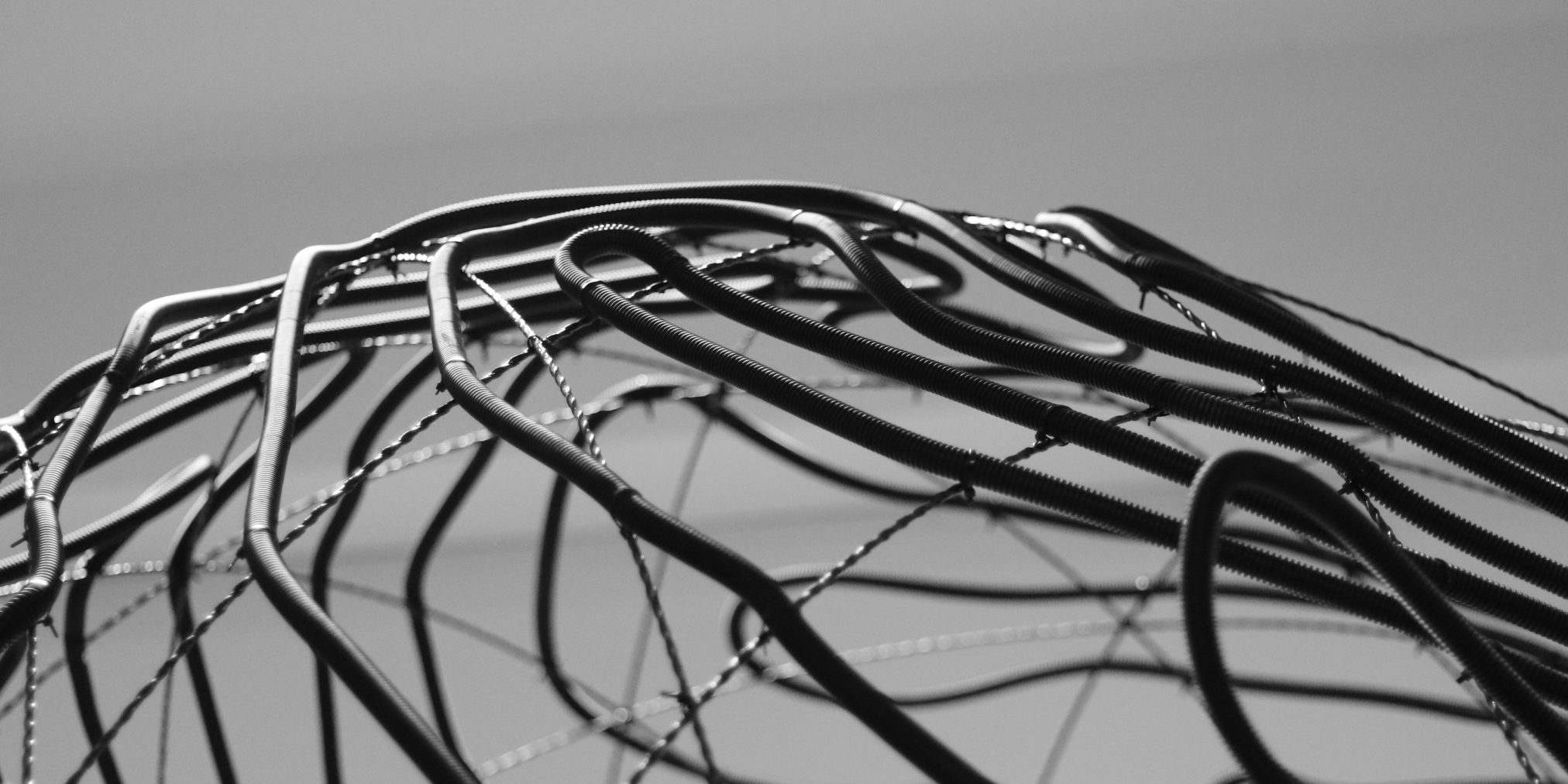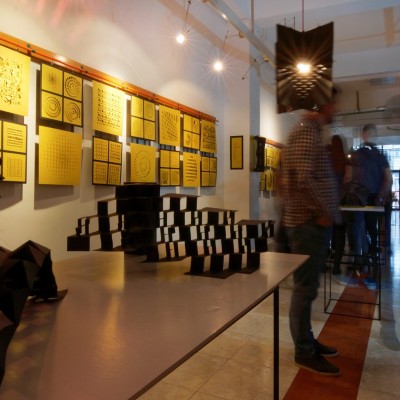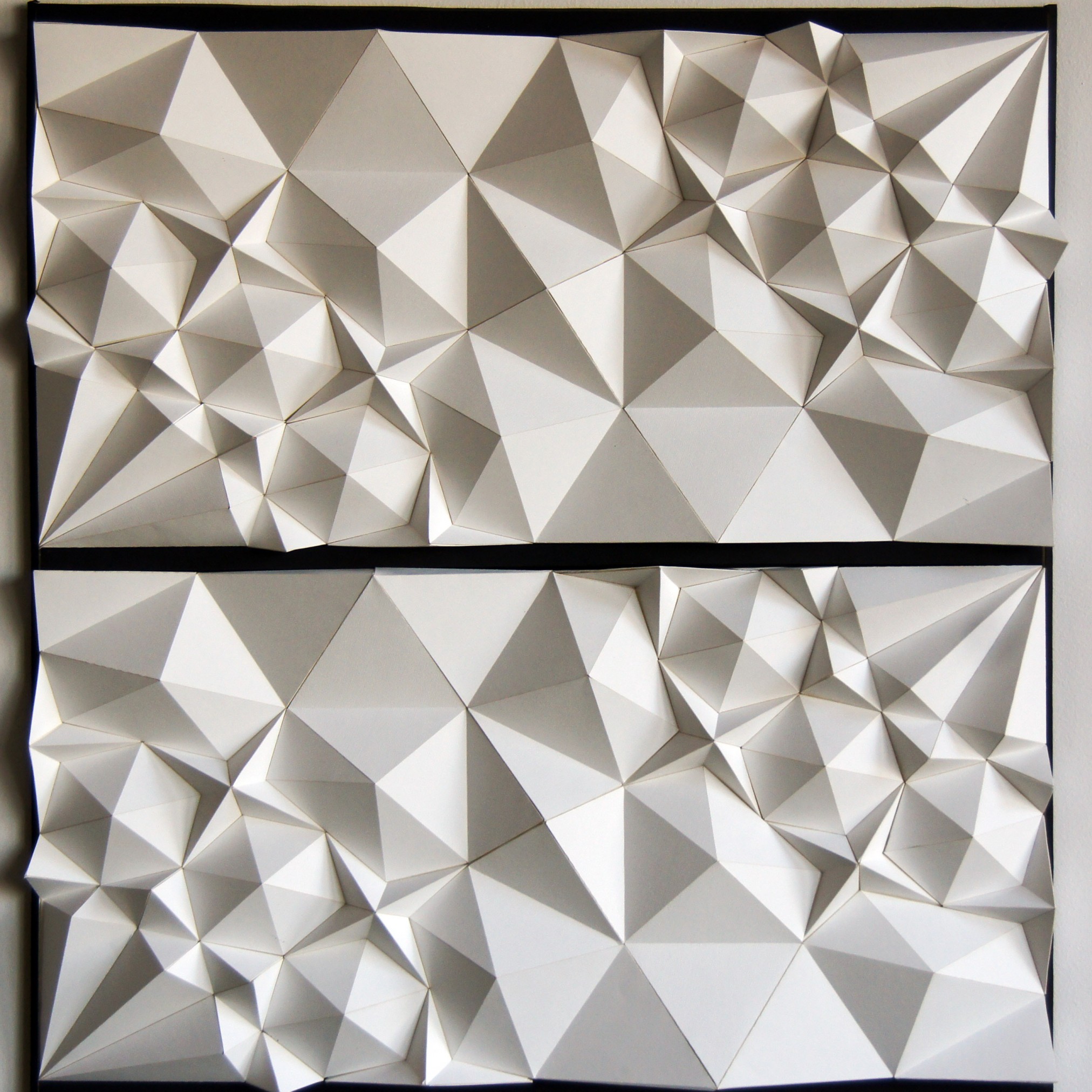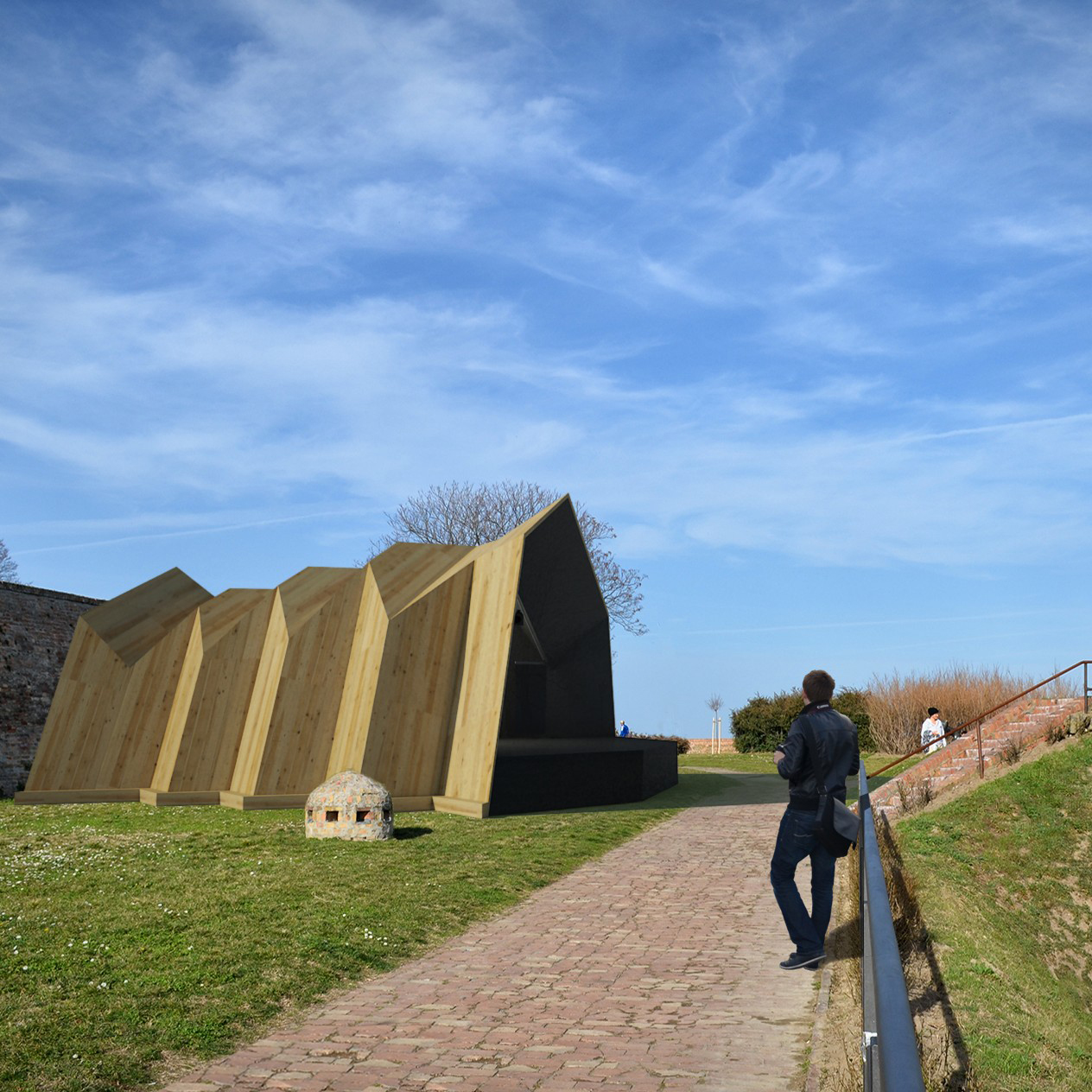Digital fabrication is a technology of model or prototype making with use of digitally defined data. Term Digital Fabrication is strongly related to the CAD/CAM technologies. Technologies of digital fabrication are developed for purposes of industrial design and mechanical engineering, shipbuilding, vehicle and airplane industry, but its implementation in architecture is increasing.
Process of model making via 2D CNC fabrication is based on the principle of cutting and connecting elements from planar materials such as cardboard, plywood, plexiglass or metal sheet. 2D CNC fabrication have important role in contemporary architecture because it allows making facade elements from planar materials such as steel, wood or glass. In this course various workshops were conducted with specific tasks through which the basic skills of modeling and making prototypes and facade elements were mastered.

ID pavilionID pavilion is a structure made at a workshop within the subject of Digital fabrication in the master program Digital technics, design and production in architecture. 
Parametric KirigamiParametric kirigami presents the work of 2017/18 generation on course Digital Fabrication. 
Kanda LampKanda lamp is the result of the work of generation 2016/17 students in the Digital Fabrication workshop. 
Digital OrnamentThe digital ornament shows the works of the 2015/16 generation students on Digital Fabrication course. 
FOLDED[skins] - Design to FabricationFOLDED [skins] design to fabrication shows the work of the 2014/15 generation students from Digital Fabrication course.
Course teachers:
Dr Milena Stavrić, Dr Albert Wiltsche, TU Graz
Marko Jovanović, Department for architecture, FTN


